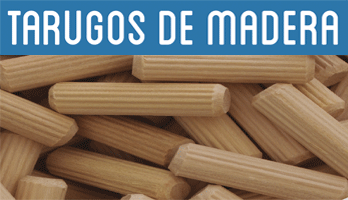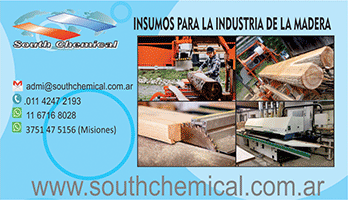
Introduction to PP Edgebanding
PP edgebanding is produced from polypropylene. Polypropylene is one the many types of thermoplastic polymers that exist in the world.
PP edgebanding is the most ecological, most flexible, and most heat resistant edgebanding among our plastic edgebanding range.
Simply, we can list the characteristics of PP as below:
It is the lightest weight polymer amongst thermoplastics
It is the most ecological
It is the most flexible
It has the best properties against shrinkage and heat.
PP edgebanding is a good choice for small radius applications and places where furniture is exposed to excess temperature and heat.
We can produce all sorts of edgebanding from polypropylene (plain colors, high gloss colors, and woodgrain colors).
TECE PP edgebanding is produced in master rolls of 300mm. Therefore, it can be slit to any size from 9mm up to 300mm.
The thickness can change from 0,4mm and 3mm.
We mainly consider PP edgebanding as an alternative to ABS as they can easily be recycled / burned without creating hazardous gas. We would not recommend PP edgebanding as alternative to PVC as processing PVC is less complicated than PP.

IT MAY INTEREST YOU
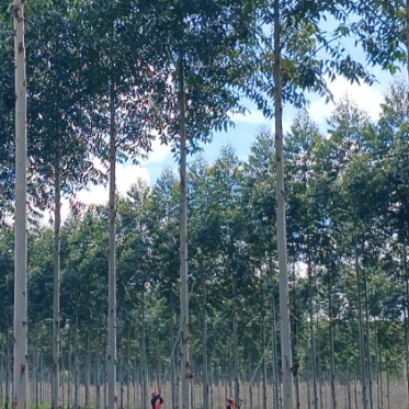 Paraguay | The plantations became instruments of territorial development and the generation of decent employment, INFONA highlights.
Paraguay | The plantations became instruments of territorial development and the generation of decent employment, INFONA highlights.
Plantings in different phases, control of ants and weeds, pruning and thinning, mechanized harvest, technology applied to the field and complete integration of the production cycle were part of the CREA Forestal proposal in its Technical Update Conference – JAT Forestal 2025. The event took place on Friday, November 14, at Estancia Ñemity, located in San Juan Nepomuceno, Caazapá, where agricultural producers, technicians, contractors, students and companies in the sector met to observe the forestry business of the future in action.
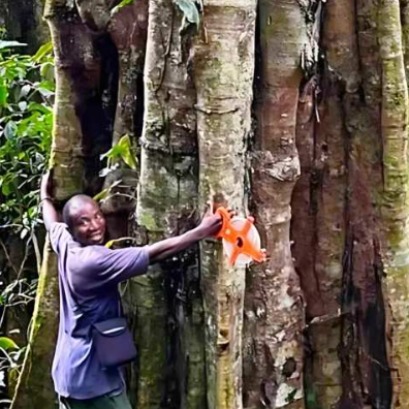 Botanists discover giant trees up to 3,��� years old in Tanzania, unknown until now by science
Botanists discover giant trees up to 3,��� years old in Tanzania, unknown until now by science
Scientists have identified a new species of giant tree, Tessmannia princeps, in the Udzungwa Mountains. This species had never before been recorded by science.
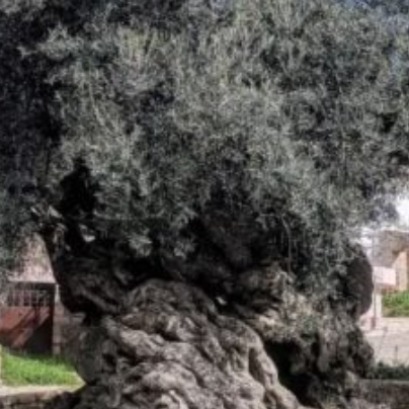 Experts cant believe it, but this tree is the oldest in the world and continues to bear fruit: it is 4,000 years old.
Experts cant believe it, but this tree is the oldest in the world and continues to bear fruit: it is 4,000 years old.
Nature keeps secrets that defy the passage of time, and one of the most surprising examples is a tree that, approximately 4,000 years old, continues to bear fruit today. This specimen has become a symbol of resistance and longevity, capable of surviving climate changes, landscape transformations and human activity itself.






